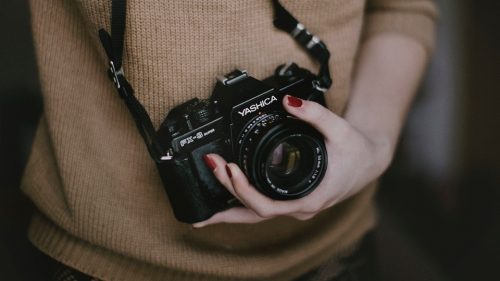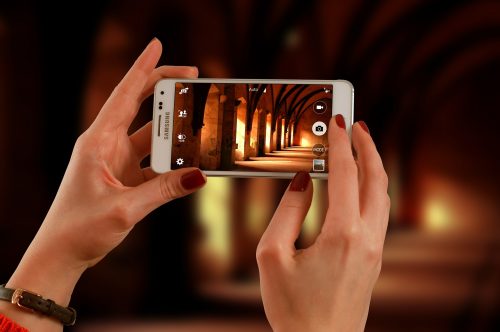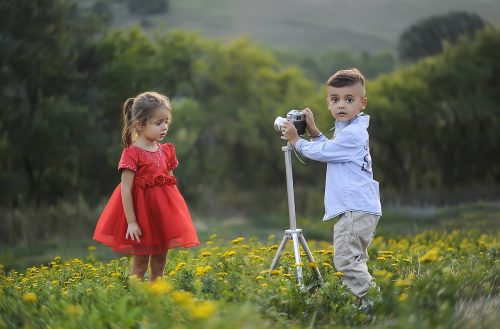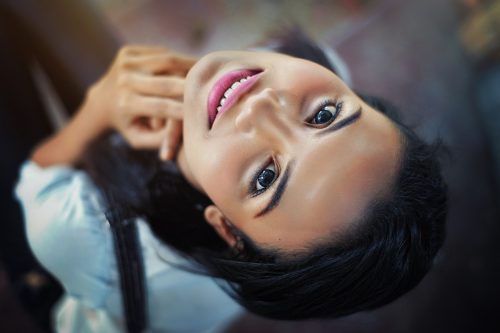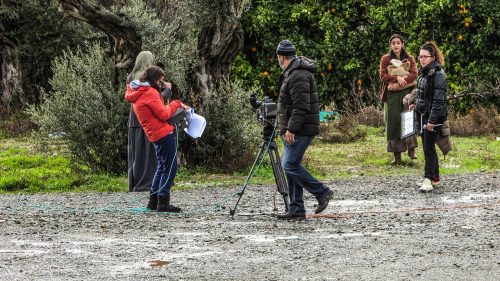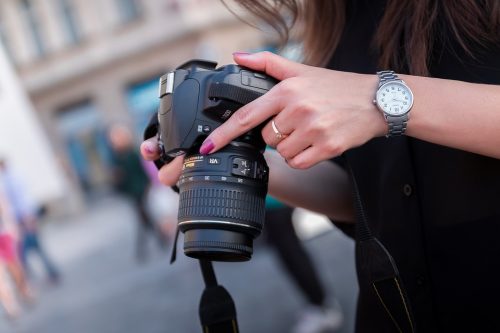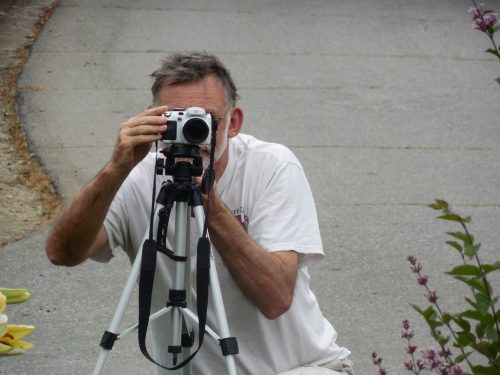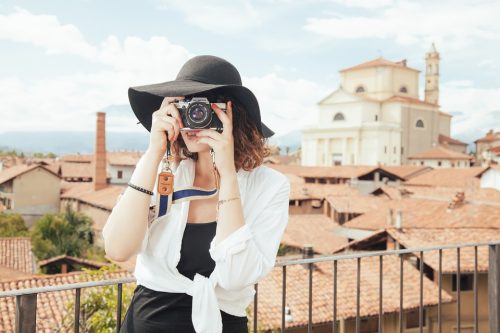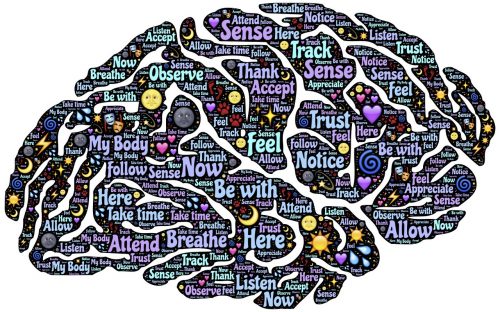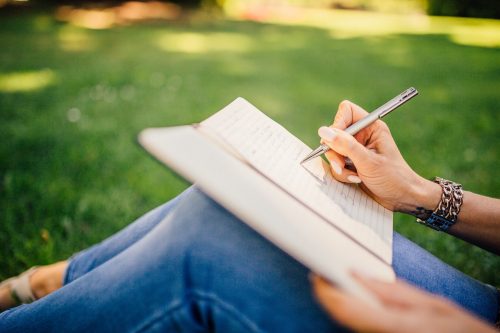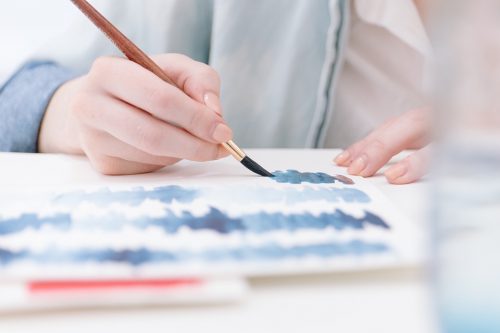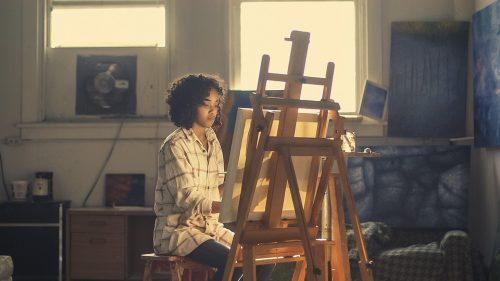DSLRs are still some of the most impressive cameras you can buy, despite the emergence of powerful cameras on smartphones. Any committed photographer would eventually want to transition to using DLSRs. These cameras have impressive hardware and software that allow unparalleled freedom in making the most out of your shots.
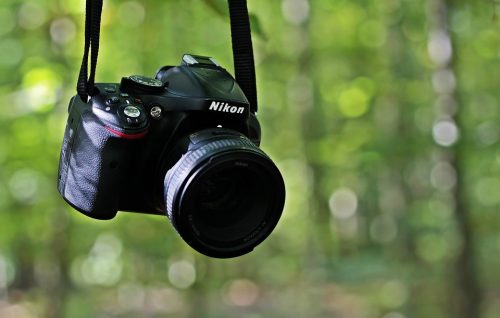
However, expect to shell out at least $500 to get your hands on one of these cameras. Their relatively high costs mean that you need to choose the camera you want to buy carefully. Buying a camera with frills that you don’t need or one that you’ll quickly grow out of can easily dampen your photography spirits. Taking the time to assess what you want to get out of a DSLR camera can help you avoid wasting money and effort down the line.
Assess Your Needs
First, you should take some time to figure out how you’ll be using your camera. Do you want a DSLR for general-purpose photography? Do you want a model that excels in taking landscapes? How about low-light photography? Will you use the camera to shoot fast-moving objects or underwater subjects?
Keep in mind that you’ll be tempted to think that you’ll use the camera to take exotic shots. However, people tend to overestimate the times that they’ll use their camera for unusual scenarios. Think of the most common shot that you’d like to take, then consider it when you start assessing models.
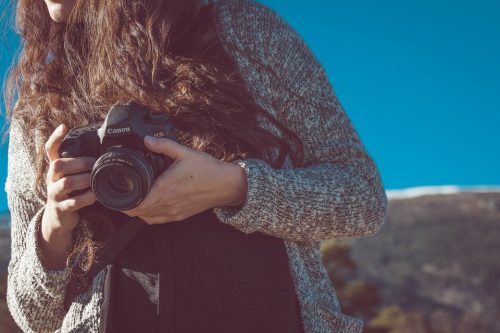
Basic Specifications
DSLRs have two components: a body that contains the sensor and other electronics and a removable lens that can sometimes be adjusted. You’ll need to check out the body and see if it’s ergonomic. Can you easily twiddle with the controls? You should also be comfortable with the size and weight of the camera, especially if you’ll be using it a lot for outdoor photography.
Moving to more technical specifications, you’ll probably encounter first the megapixel count, abbreviated as MP, of the sensor. Higher MP gives you pictures with more resolution but doesn’t necessarily translate to better image quality. If you’re not planning on making large prints, skip the high MP counts.
What you need to focus more on is the sensor size. Larger sensors take in more light, resulting in better image quality. However, they also make the camera body bulkier. In many cases, investing in larger sensors is a good idea.
You should also check the available modes of the camera. DSLRs exist to give users manual control, but many models also offer automatic and semi-automatic modes that can be useful at times.
If you can, take some practice shots to see how the camera performs first-hand. Test the autofocus performance by pressing the shutter halfway while focusing on different objects.
Other features to note include battery life, ruggedness, and resistance to the elements.
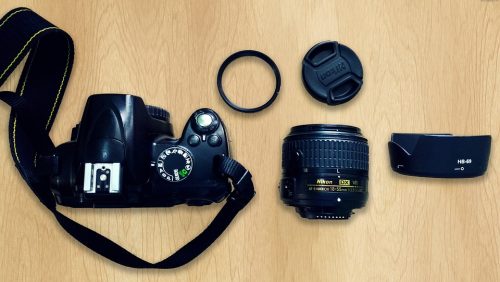
Assessing The Lenses
Even the best DSLRs can’t compensate for bad lenses. Many cameras come packaged with kit lenses, but their performance is passable at best, and they offer limited options. While you can buy better lenses, it wouldn’t hurt to check the kit lenses, especially since they can be costly.
You generally want larger apertures, which means that the lens can admit more light. Your desired focal length will depend on whether you want to shoot near or far objects. If you regularly take photos at different distances, consider a zoom lens which allows you to vary the zoom.
You can choose from a variety of DSLR brands and models in the market. Your chosen camera should suit your experience level and preferences to make the best out of it.

